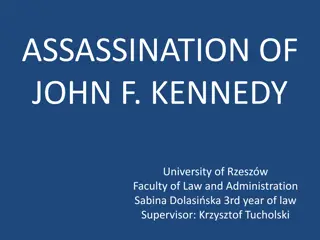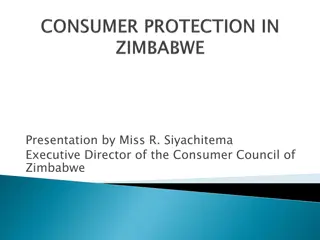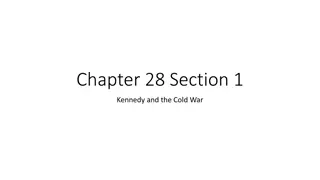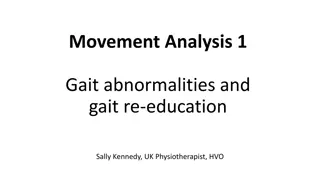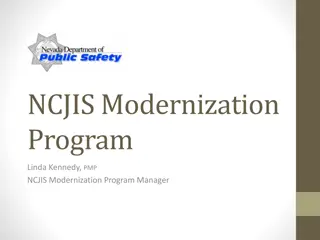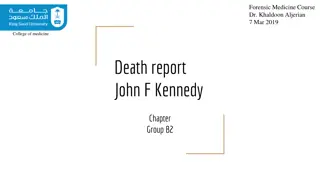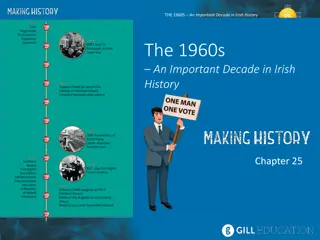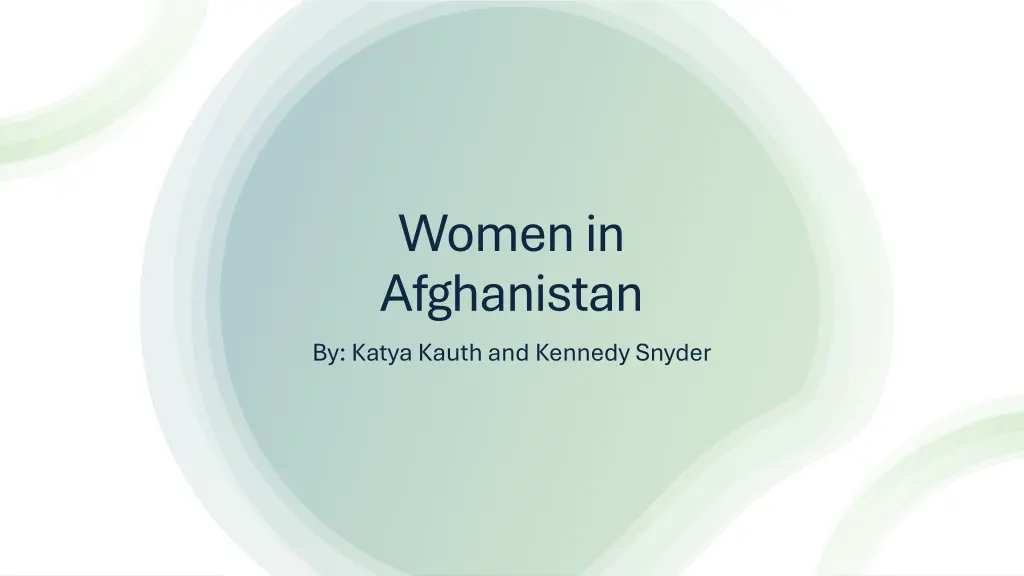
Empowering Women in Afghanistan
Empowering women in Afghanistan is crucial as they lack legal protections in various aspects of their lives. The proposal suggests U.S. intervention to establish and safeguard human rights for Afghan women, addressing issues such as gender-based violence, child marriages, education, employment, political participation, and discrimination. Historical context and likely trends highlight the importance of creating a stable Afghanistan. Options include U.S. intervention, with a recommendation to phase out troops and replace them with UN peacekeepers while prioritizing transparency and establishing a coalition-style government.
Download Presentation

Please find below an Image/Link to download the presentation.
The content on the website is provided AS IS for your information and personal use only. It may not be sold, licensed, or shared on other websites without obtaining consent from the author. If you encounter any issues during the download, it is possible that the publisher has removed the file from their server.
You are allowed to download the files provided on this website for personal or commercial use, subject to the condition that they are used lawfully. All files are the property of their respective owners.
The content on the website is provided AS IS for your information and personal use only. It may not be sold, licensed, or shared on other websites without obtaining consent from the author.
E N D
Presentation Transcript
Women in Afghanistan By: Katya Kauth and Kennedy Snyder
Summary Statement (BLUF) Women in Afghanistan have no legal protections for gender-based violence, child marriages, education, employment, political participation, and discrimination. We propose the United States intervene to establish and safeguard human rights for women in Afghanistan.
Analysis of Issue Analysis of Issue Historical Context: Historical Context: The Taliban took over Kabul in 1996, declining in fields of stability, economic influence, and human rights. 2001: US backed democratically elected Afghan government and contributed to NATO. 2009: Obama sends 17,000 additional troops to Afghanistan to stabilize the government, making the total number of US troops 100,000. 2016: Despite reducing the number of troops by 90,000 over 5 years, Obama is hesitant to remove the remaining 8,400 troops in Afghanistan. Likely Trend: Likely Trend: The Obama Administration is very committed very committed to working to create a stable Afghanistan.
Options: Options: Proceed by not intervening and ignoring the situation in its entirety. U.S. intervention to safeguard human rights for women in Afghanistan. This includes pulling the remaining 8,400 U.S. troops from Afghanistan.
1. Phase out the 8,400 US troops over the next 2 years and replace them with UN peacekeepers. Carry out multi-lateral discussions to establish an Afghanistan coalition style government. o Establish a document outlining protections to human rights for Afghanistan citizens. oPrioritize transparency by hosting public forums (town hall) Recommendation: Recommendation:


